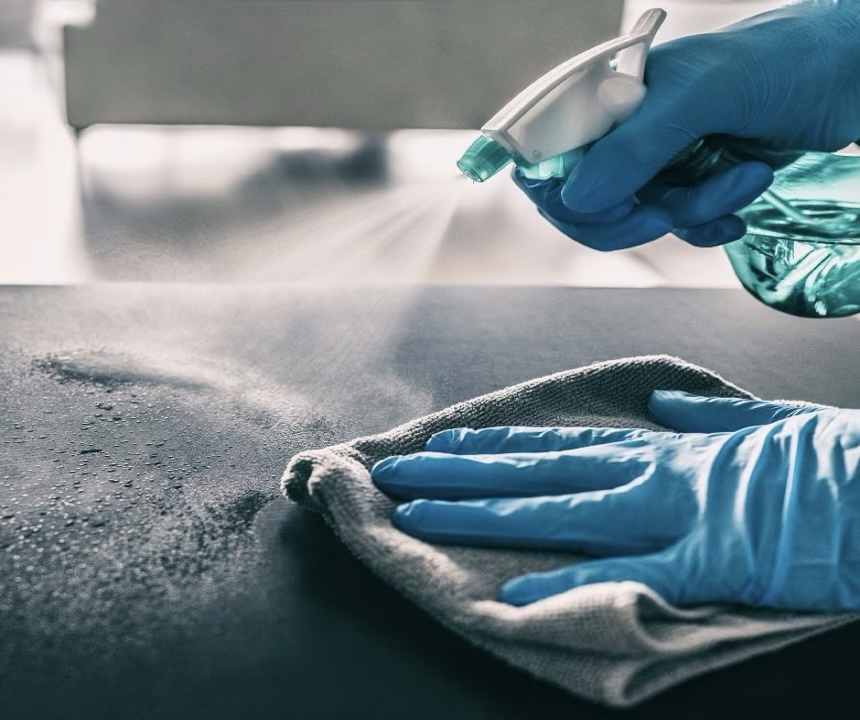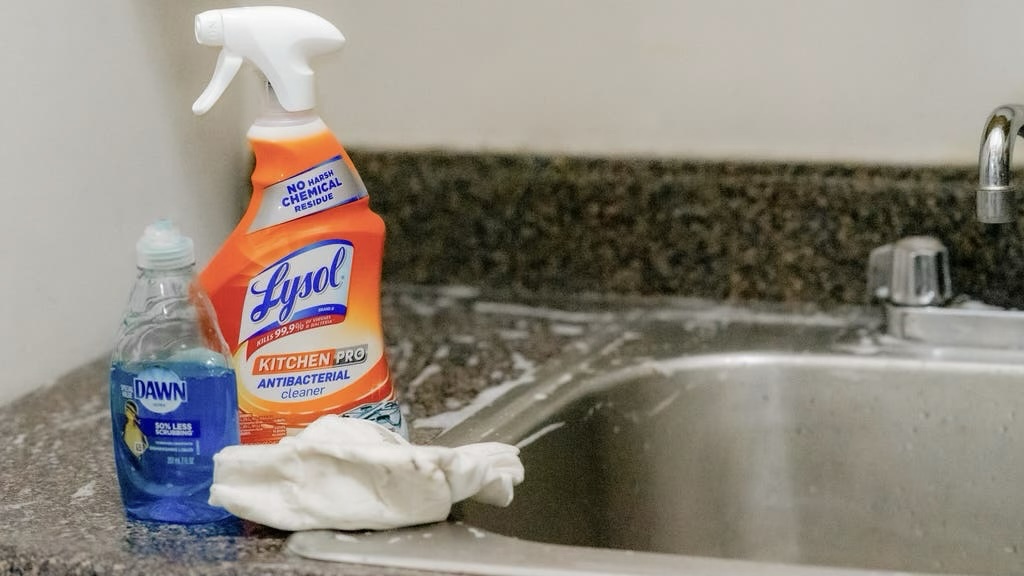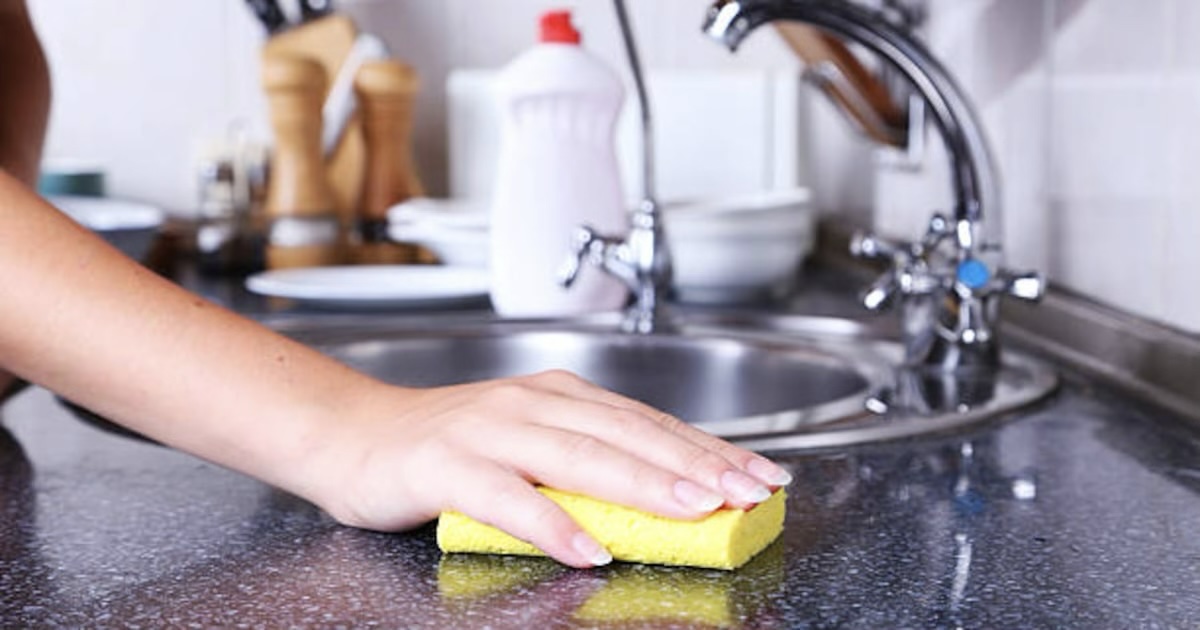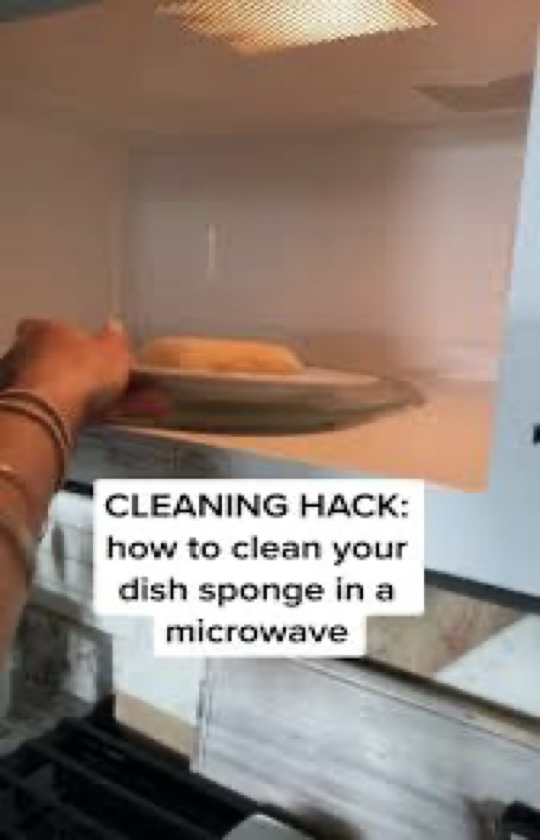What You Should Know About the Wipey-Wipey Routine!
Here’s a hot tip for ya! We all understand the importance of keeping surfaces clean and disinfected (especially the kitchen), during cold and flu season. But that said, are you aware that you can wipe surfaces too soon?

It’s true. Getting the best clean isn't always as simple as spray, wipe, and walk away. Disinfectants take time to work, so patience is key. In some cases, the surface needs to be visibly wet for several minutes to effectively eliminate germs.
While it’s always smart to read the product's label to determine the recommended contact time for sanitizing or disinfecting, a good rule of thumb is to allow the sprayed surface to sit for at least 5 minutes before you dive in with the wipey-wipey routine. Doing so also gives the spray enough time to soften any scum, gunk, and build-up, making cleaning quicker and easier.

Another hot tip relates to sponges. You really want to think twice before you turn to it for wiping down your countertops. Kitchen sponges are notorious for harboring bacteria, which can transfer to other surfaces as you clean. To avoid spreading germs, the best advice is to use a clean microfiber cloth to wipe down surfaces.
But, if you’re a die-hard sponge-user, then disinfect them regularly and replace them about once a month. And here’s how to do it (according to scientific research) using either vinegar, bleach, or the microwave:

VINEGAR: Soak your sponge(s) in full-strength vinegar for 5 minutes. (No need to dilute it.) Then wring out the vinegar, thoroughly rinse the clean kitchen sponge in warm water, and let dry. Simple, easy, effective, and non-toxic.
BLEACH: Mix a cleaning solution of ¾ cup bleach in 1 gallon of water. Drop in your sponges and let them soak for at least 5 minutes. Then rinse them well in warm water.
MICROWAVE: The heat generated in the microwave can reach high temperatures that are proven capable of deactivating a significant amount of bacteria. According to the United States Department of Agriculture (USDA), microwaving sponges kills 99.99999 percent of bacteria as well as mold and yeast.

First soak your sponge in water (a dry sponge can start a fire). Then place it in a shallow microwave-safe container. Microwave the damp kitchen sponge for 5 minutes.
Here’s one last tip. You likely know this already, but just in case there’s anyone out there that doesn’t, here goes: never use the same sponge or cloth to clean the entire house. Reusing the same sponge or cloth throughout your home might seem more efficient, but it actually transfers germs and grime between rooms. You definitely don't want bacteria from your bathroom ending up on your kitchen counters, for example. Research shows it’s always best to designate different sponges/cloths for different rooms and launder them often. And if you're using disposable wipes, use one per cleaning job.
 Alice Osborne
Alice Osborne
Weekly Newsletter Contributor since 2006
Email the author! alice@dvo.com
